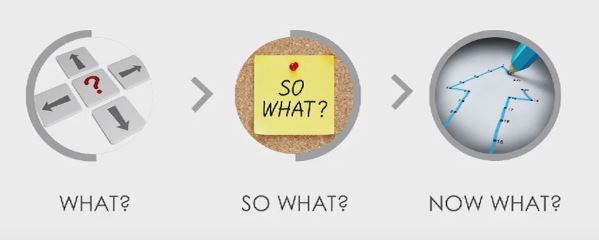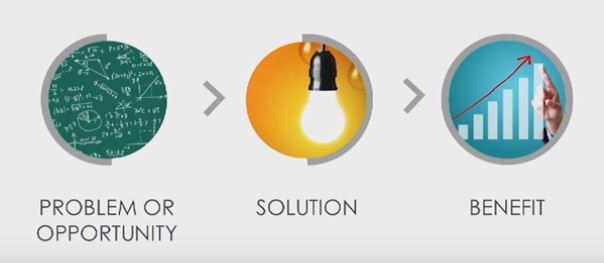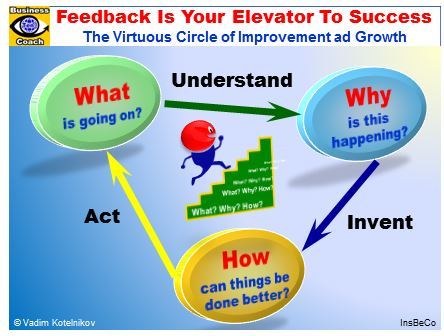Do you get in your own way during a job interview or while giving a presentation? If so, you might be wondering:
“What can I do to quickly explain something when in the moment?”
Thankfully, there are ways to do this and they are very simple ways. Author of Speaking Up without Freaking Out: 50 Techniques for Confident and Compelling Presenting, Matthew Abrahams informs us, “When you are in a spontaneous speaking situation, you have to do two things simultaneously,”
- Figure out what to say.
- Figure out how to say it.
Let’s examine 8 spontaneous speaking structures that allow you to become comfortable and respond immediately to any speaking situation.
What are Spontaneous Speaking Structures?
A spontaneous speaking structure is a way to tell a story. It is a way to explain anything quickly by using simple structures to frame a story.
“Structure sets you free.” – Matthew Abrahams
Here’s why structures set you free:
Speaking structures help you explain anything ad lib. They provide an easy way to structure our thinking and prevent us from freezing in the moment.
Abrahams informs us,
“You need to set expectations and structures do that.”
I highly recommend watching the following video (the video is long so I recommend you skip to 41 minutes in where spontaneous speaking structures are discussed in more detail):
8 Spontaneous Speaking Structures
Let’s now examine 8 spontaneous speaking structures:
1. What? So What? Now What?
Terry Borton’s Development Framework was constructed in 1970 and is a simple approach involving only three questions: What? So What? Now What? [1] I recently wrote about this framework in Razor-Sharp Thinking: the What-Why Method. This framework provides us a formula for answering questions.
- What? What happened or what is emerging?
- So What? Why is it important or what lessons can we learn from it?
- Now What? What are we going to do next or what should we do moving forward?
2. Who? Why? What?
Abrahams provides an easy way for us to use Borton’s Development Framework when introducing someone by simply changing the What to Who.
- Who? Who they are.
- Why? Why the person is important.
- What? What we are going to do next (i.e. listen to their presentation).
3. Problem/Opportunity – Solution – Benefit
Another powerful, yet extremely simple technique is the Problem (or Opportunity) – Solution – Benefit structure. Abrahams explains that this is a great technique to use when pitching or persuading someone.
- Problem/Opportunity. What do you want to solve or what do you want to capture?
- Solution. What are the steps to achieve it?
- Benefit. What is the benefit to their organization?
4. ADD
Abrahams illustrates a simple approach to use during a question and answer period of a speech, presentation, or interview.
- A: Answer questions concisely (condense your information into a few succinct words).
- D: Detail the answer through an example (illustrate an example through the use of a metaphor or analogy).
- D: Describe the value of your answer to the asker.
5. TAKE
Yet another example of a simple speaking structure offered by Abrahams is TAKE. This is a great approach to use when accepting recognition.
- T: Thank your audience.
- A: Acknowledge the award/accomplishment.
- K: Keep the momentum going.
- E: End with impact.
6. 1-3-1 Speech Structure
The authors of The Secret Memory Booster in Public Speaking offer a powerfully simple approach to learn, remember, and present information using the 1-3-1 approach.
- 1: Idea The first step is to structure your idea through Prep (get their attention with questions, a story, a quote, or a startling statistic), Promise (specifically the benefits to your audience), and Path (indicate how they will get the promise or preview the main points).
- 3: Themes or Main Points Next, outline your main points through the use of the following: SHARP, Power Phrase, Reflection, Application, Power Phrase, then Transition. SHARP = Story (anecdote, metaphor, or analogy), Humor, Activity, Reference/Quote, Photo/Prop
- 1: Conclusion or Call to Action In your conclusion, use the following: Summary (call back to the main points), Q&A, Memorable (tie to the intro).
7. STAR
This next technique is perfect to use when answering the typical behavioral interviewing questions asked during a job interview. Behavioral interviewing is an approach used to assess a candidate’s past experience and to judge the response to similar situation on a future job; thus, it is used a predictor of future performance. [2] For example, say you are interviewing for a job and the interviewer asks,
“Describe a time when you had to…”
- Instead of rambling through the question with an incoherent reply, try the STAR technique:
- S: Situation Detail the background. Provide a context. Where? When?
- T: Task Describe the challenge and expectations. What needed to be done? Why?
- A: Action Elaborate your specific action. What did you do? How? What tools did you use?
- R: Results Explain (quantify) the results: accomplishments, recognition, savings, etc.
8. What – Why – How Feedback
Lastly, the perfect structure for growing from feedback is the What – Why – How structure. Pay attention to the feedback you receive (from all around you – people, environment, etc.). Then ask the following:
- What? What is going on? Which leads to an understanding of the Why.
- Why? Why is this happening? Which leads us to invent new things (the How).
- How? How can things get better? This then leads us to change our actions; thus, leading back to the What (for which the cycle never ends).
By following these 8 simple spontaneous speaking structures, you will find you can easily explain anything off the cuff. Each one of these speaking structures helps you structure your thinking and allows you to respond confidently in any situation.
They allow you to tell a story, set expectations for your audience, provide you a way to figure out what to say and figure out how to say it. Thus, a spontaneous speaking structure sets you free.
Featured photo credit: unsplash via unsplash.com
Reference
| [1] | ^ | Physio-Pedia: Borton’s Development Framework |
| [2] | ^ | Right Attitudes: Use The STAR Technique to Ace Your Behavioral Interview |

















































